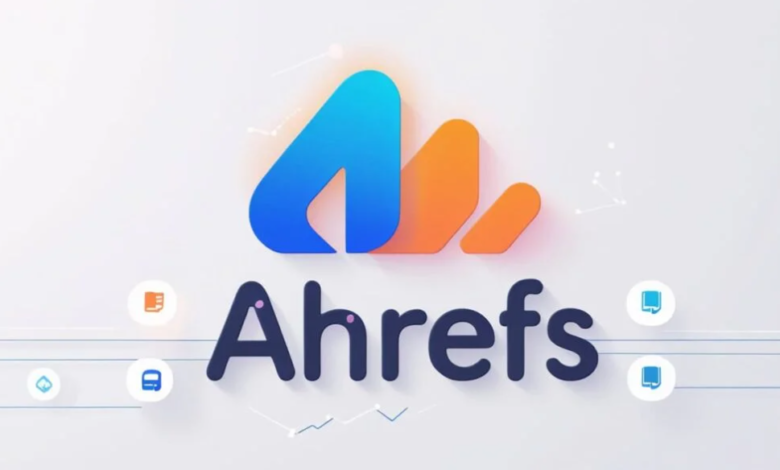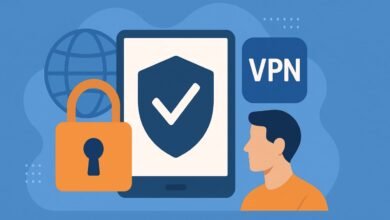Rethinking Collaboration: Smart Ways to Manage Your Ahrefs Account Access

Whether you’re an SEO freelancer, a digital marketing agency, or a lean in-house team, the odds are high that you’ve bumped into a common hurdle: How do you safely and efficiently share access to an Ahrefs account without running into login restrictions, verification headaches, or violating platform rules?
If you’ve ever Googled “how to share Ahrefs account without getting banned,” you’re not alone. For those looking for a practical answer, here’s a solid guide that covers both the why and the how — including one standout method that’s been gaining traction.
👉 share ahrefs account , here’s how to do it the right way in 2025.
The Real-World Problem: Teams, Tools, and Login Limits
SEO tools like Ahrefs are indispensable. But they’re also expensive, and most plans are built with single-user access in mind. For example, the Lite Plan only includes one user, with each additional user incurring an extra monthly charge.
What happens when you’re juggling client accounts, collaborating with a virtual assistant, or needing temporary access for a campaign partner? That’s when traditional password-sharing starts looking tempting, until it doesn’t.
Not only is sharing logins a violation of Ahrefs’ Terms of Service, but it can also lead to frequent session kicks, verification loops, and potential account suspensions. That’s hardly conducive to productivity or trust.
Common Workarounds (and Why They Often Fail)
Many SEO pros and freelancers try a variety of tricks, each with its pros and cons:
- VPN/IP Syncing: Everyone logs in using the same city-based VPN server. While this can reduce alerts, it still requires sharing passwords and rigid coordination.
- Remote Desktops or Virtual Machines: One device acts as the login host, and others remote into it. This works but introduces lag, security risks, and higher setup overhead.
- Credential Swapping: Arguably the riskiest method. Even if you’re just doing a quick keyword check, sharing credentials exposes your account and data to unintended risks.
The Smarter Approach: Fingerprint-Based Browser Environments
Instead of fighting the platform’s access controls, why not sidestep the issue with a virtual browser environment? That’s where tools like GoLogin come in.
With GoLogin, you don’t share your password. You share access to a browser profile that retains all cookies, session data, and device fingerprints. From Ahrefs’ point of view, it’s the same device logging in each time, even if it’s your teammate across the country doing the work.
This means:
- No repeated verifications
- No password leaks
- No simultaneous login blocks
It’s a tech solution to a very human problem—collaborating without bottlenecks or breaking terms of service.
More Than Ahrefs: A Broader Use Case
While Ahrefs is a top concern, the same method applies to many platforms with strict login policies—think Semrush, Similarweb, Amazon Seller Central, or freelance portals like Upwork and Fiverr. Anywhere access needs to be controlled without compromise, a virtual browser identity can make the difference.
Final Thoughts
The way we collaborate is evolving—and so should the tools we use to enable it. Sharing access to an Ahrefs account shouldn’t mean compromising security or juggling passwords. By leveraging the right tech, you can keep your workflows smooth, your clients happy, and your accounts safe.
In a digital world where every login leaves a footprint, it pays to be a few steps ahead.




